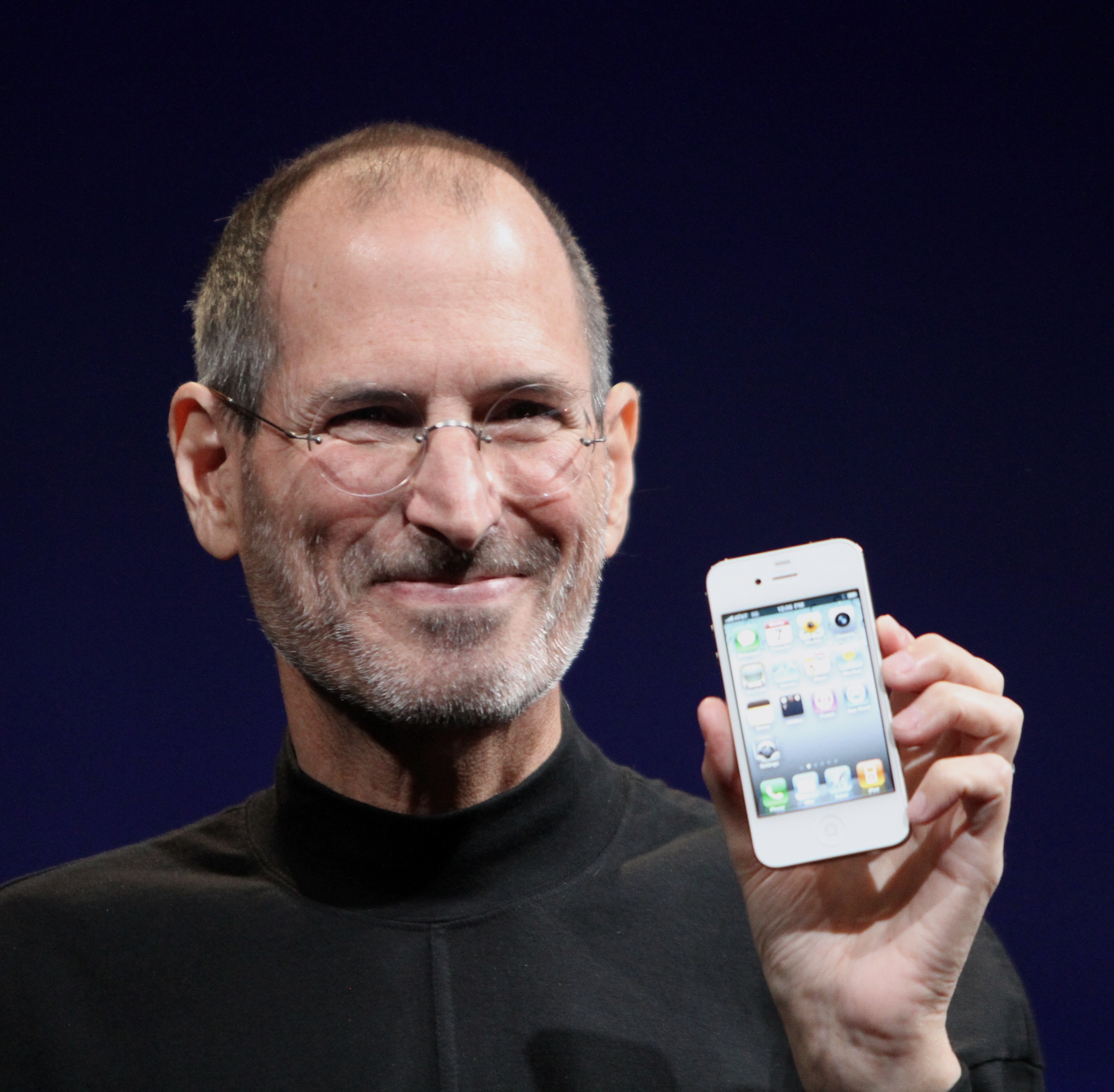In 1999, with little more than a clever piece of code, Shawn Fanning turned the music industry on its head. Napster, a P2P file sharing service, enabled music listeners to download MP3s and share them with others, for free.
The genie was out the bottle and the music industry would never sound the same again. The disruption of the music industry in the last 20 years, however, is not just a story about musicians and record companies, but rather a compelling tale about coders, entrepreneurship, legal battles, and listener entitlement.
Here are some of the key developments of the last two decades that shaped the music industry into what it is today, leading it into the 21st century, and beyond:
1995: File extension “.mp3”

MPEG compressed music digitally by eliminating information and data that most of us mere mortals would not be able to discern. The name of the format was MPEG-1 Audio Layer III. In 1995 the file extension given to this format was .mp3. During this period, the format became commercially available. Although small and easily transferable, the encoding software remained pricey and as such its reach and impact remained limited.
1999: The emergence of Napster
Just a few years following the introduction of .mp3, Shawn Fanning co-founded Napster with Sean Parker. (Parker’s name has continued to pop up on the startup scene with his involvement in Facebook as co-founder, and later as an investor in Spotify.) With this revolutionary platform, the proliferation of MP3s on the internet exploded. In its glory days, the platform had as many as 70 million users.
The platform attracted the negative attention of the record companies and major artists (famously – Metallica) over copyright infringements. Over the next few years, the company bled money from multiple law suits. Ultimately, they were forced to unplug in 2001.

Napster made its mark in helping define how we listen to music, empowering we, the listeners, to choose our preferences. Any listener could download individual songs and not have to be stuck with an entire album.
In a more recent interview, Fanning looks back on that period of time and believes the popularity of Napster introduced many people to the Internet and made it meaningful to them. While he believes that bringing digital music to the mainstream would have happened anyway, Napster certainly accelerated the process. Napster was also the first platform that allowed musicians to provide content that could reach an audience via non-traditional channels. Members of American indie band, Dispatch, believe that the platform was largely responsible for their early popularity.
2001: The Apple iPod
“To take your whole music library with you in your pocket.”

While Napster led to the explosion of digital music, the music experience was still confined to the computer. The iPod took that collection and put it in the listener’s pocket. The combination of sleek design, integrated hardware and software, and an intuitive interface has led to sales of 390 million units worldwide as of December 2014.
The sun is currently setting on the iPod as a result of the continued success of the more comprehensive device from Apple, the iPhone. However, its impact on music consumption continues to be felt today. Listening habits have drastically changed as the entire experience became personalized. Whereas in the past radio DJ would dictate what songs were aired and when, the listener can choose to listen to whatever song in their collection, provided it is in their collection. The next major step was unleashing the power of the iPod.
2003: iTunes store
There was once a time when the power of the record labels lay in their ability to distribute CDs almost exclusively in record stores. Furthermore, buying an entire album to listen to one song became a huge cash cow for the record companies. But the legacy of Napster destroyed this and the iPod made it possible. Music lovers felt entitled to choose their music. Even after Napster shut down, other P2P platforms continued what Napster had begun. And record sales began to free-fall.

In addition to music, iTunes became the major distributor for a variety of digital content, such as videos, podcasts, ebooks, and applications, among others. Perhaps one of the major outcomes of iTunes was that if a reliable, organized, and convenient distribution channel was offered for digital content, consumers would be prepared to pay for that service. It also helped bridge the gap between the artist and the listener by minimizing the interfering role of the record label.
The present landscape
With the development of high-speed internet, listeners realized there was no need to actually download songs or even “own” content at all. Songs could be streamed directly off the Internet. Streaming services have developed sophisticated algorithms that detect music tastes of listeners and offer suggestions based on one’s listening history. Most of these platforms offer both mobile and desktop apps.

Other players in this space include Pandora, Rdio, and Youtube Red (soon to be released). Recently, Israeli company Triplay acquired eMusic and its catalog of over 25 million songs. eMusic claims to have a more differentiated service that includes both downloads and streaming. This model enables them to offer more to artists.
These platforms do pay artists. However, they too are not free from controversies regarding the earnings, to a point that pop star Taylor Swift protested having her music being available on Spotify and Apple Music.
The future of digital music
The industry has undergone a number of disruptions in the last 20 years, and with the continuous advancement of innovative technologies, one could only wonder what developments the future holds.
While technology at times dictated and characterized past progressions, today’s listeners have the power to influence the direction in which the music industry is heading, and to set the tone.
And – now – the industry is listening.
[xyz-ihs snippet=”AngelCourseCTA”]








